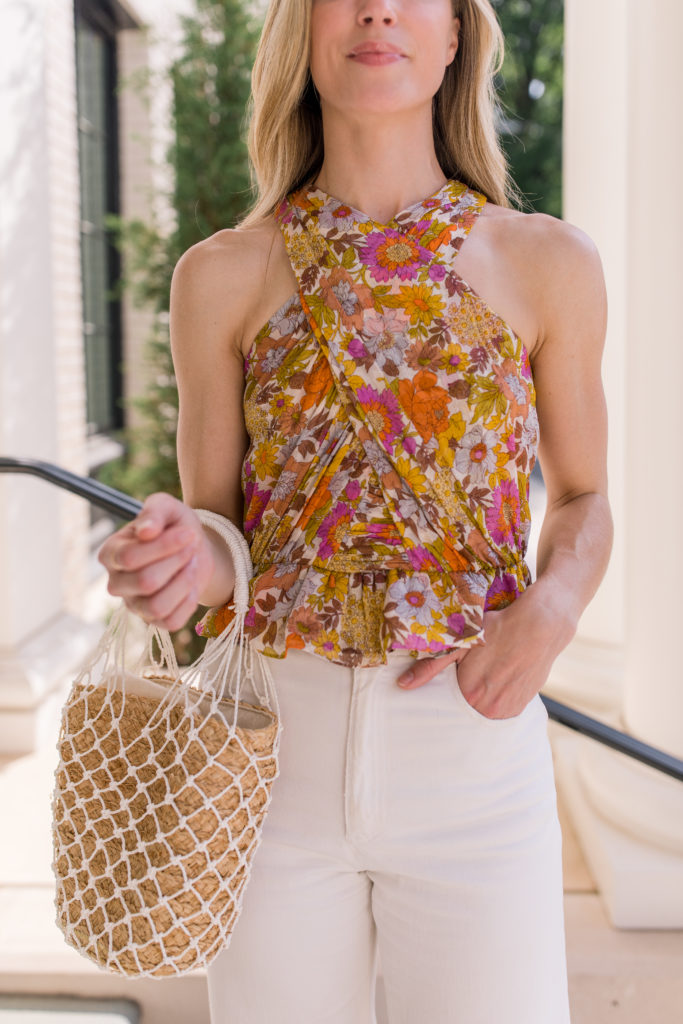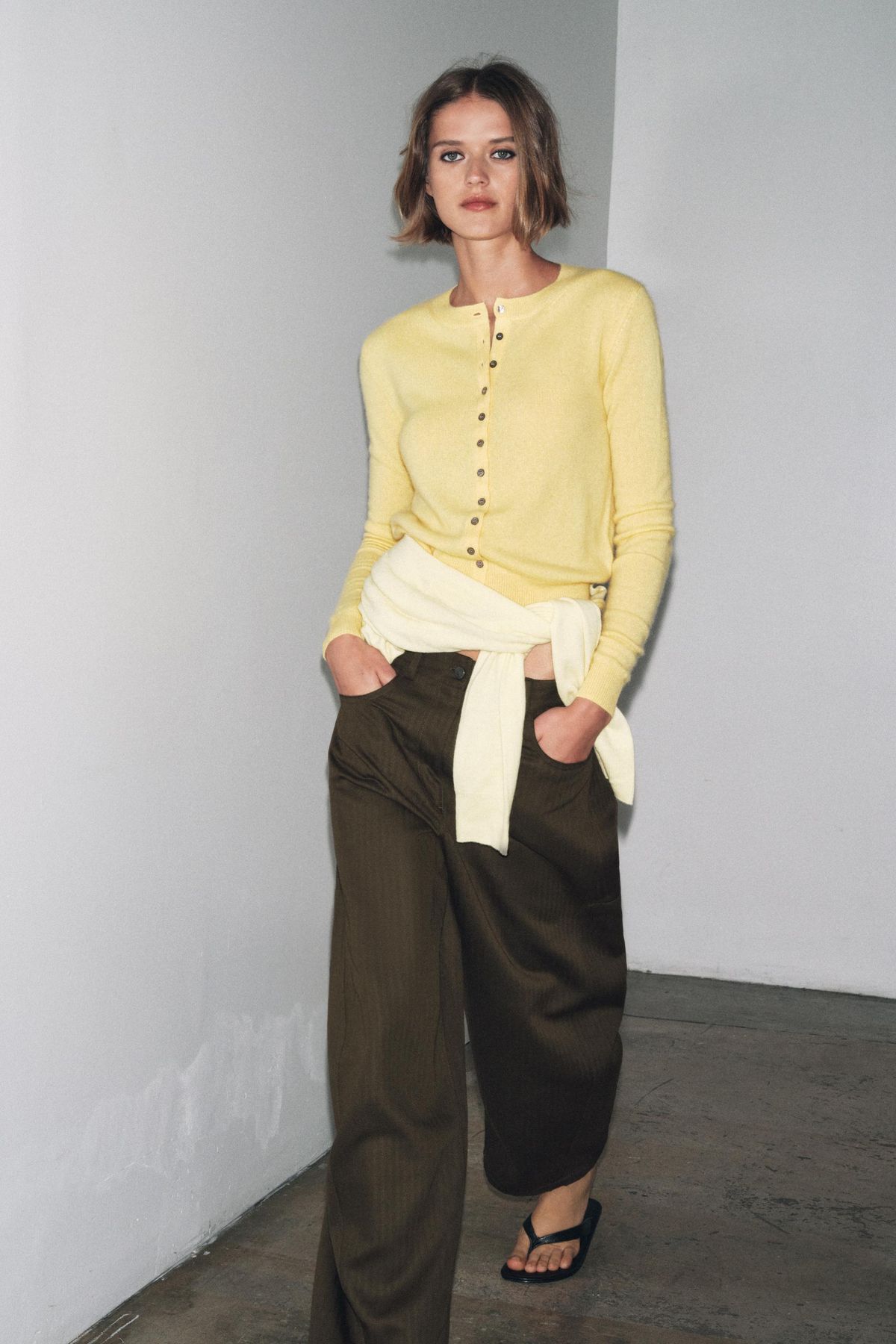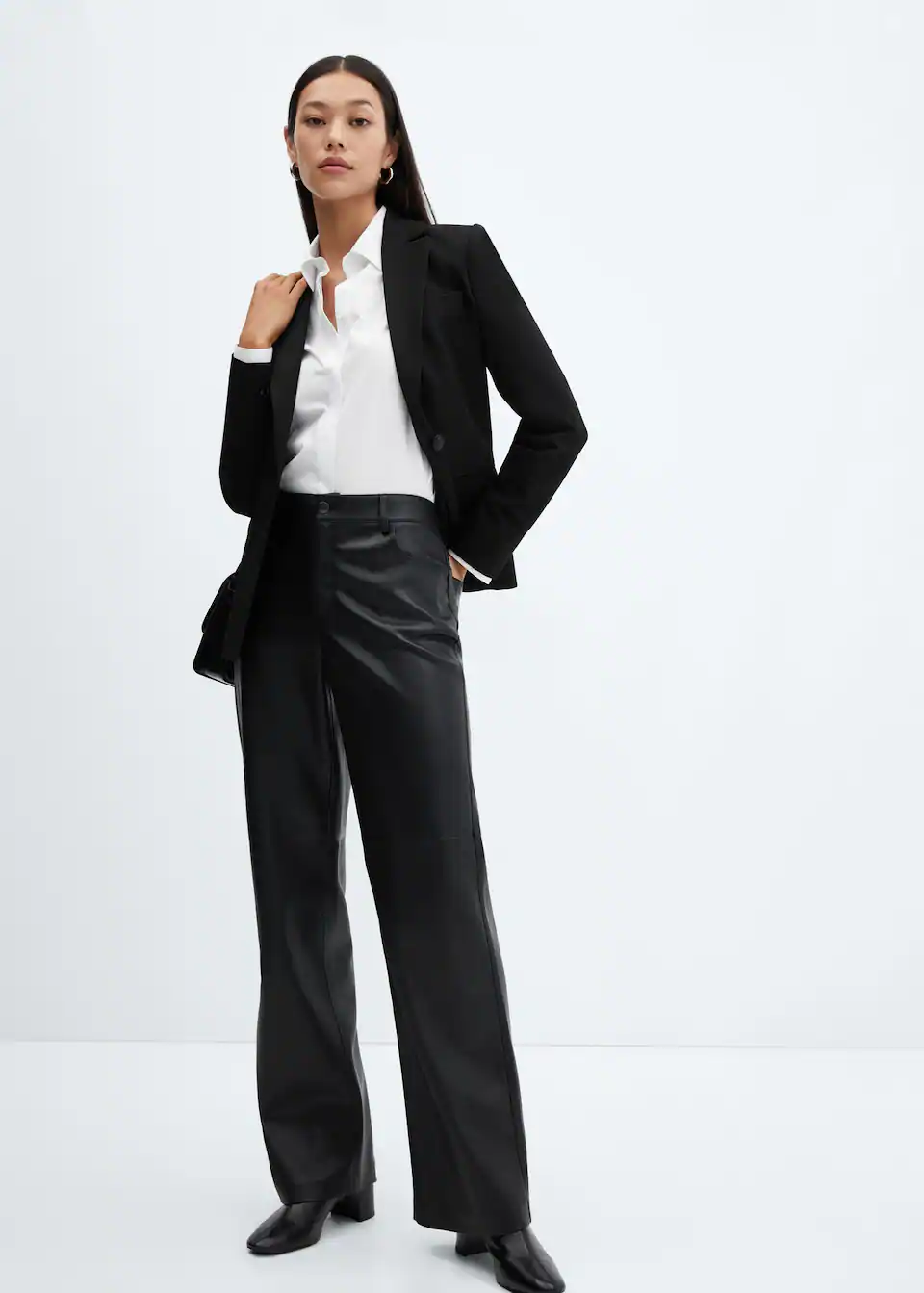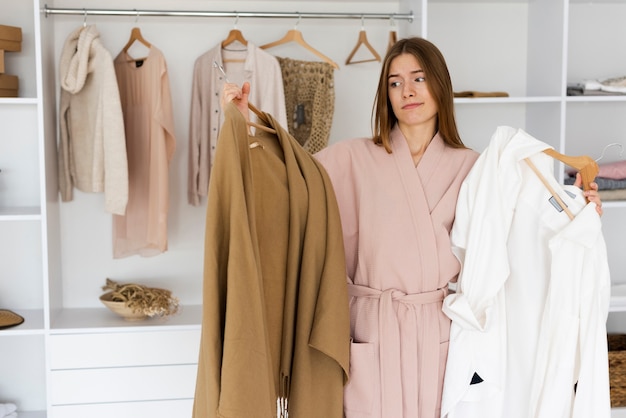We need to get real about what actually defines modern chic. And it’s all about quality. A lot of people are now crushing the aesthetic game. Like the old money vibe. Or the quiet luxury trend. But there’s actually a secret to make these look last and work. Remember, it’s not about the logo, but instead about the legacy.
Now, we’re not curating a capsule wardrobe; we will be leveling it up. We are not just buying clothes. Instead, we will be focusing on investing in pieces that will last you a lifetime. Honestly, nothing is chicer than a cashmere coat. But, it looks as perfect this winter as it did ten years or more ago.
This is not only smarter for your wallet, but it’s also better for the planet. And it will give your personal style. A more undeniable, polished edge.

Image from: https://livinglesh.com/wp-content/uploads/2025/03/capsule-spring-wardrobe.png
Knowing the fibers
One of the easiest ways to spot a cheap piece is by the fabric. Cheap fabrics will wrinkle weirdly. Those that, after a few washes, will just feel off. A quality piece will feel luxurious. I will also be draped beautifully and will be made primarily of natural fibers.
The natural fibers are always the power players. And they’ll be your investment heroes. They’ll regulate temperature, breathe, and, of course, they age gracefully. Great options are cashmere and wool. You can consider these as your ultimate cold-weather investment. To test them, you need to touch them. A high-quality piece should feel soft, but not slippery soft. You can also gently stretch a small section. It should be snapping back immediately.
For coats, it’s important to check the tag. It should have a high percentage of virgin cashmere or wool. Aim for 70% or more. Also, look for substantial weight. Your coats should feel weighty and not flimsy.
Another fiber is silk. This one is great for lining, scarves, and blouses. To test it, remember that genuine silk has a muted sheen. It should not be a blinding, plastic-y one. You can scrunch it up in your hand. If it’s high-quality, then it should feel cool and soft. And when you let it go, the wrinkles should fall out easily.
Linen is the king of sophistication during summer. Look for pieces with a substantial and slightly heavier weave. They should feel crisp and not stiff. Your everyday foundation should be cotton. If you want to get the softest and longest-lasting fibers like Pima, Supima, or Egyptian cotton.
Now, you have to proceed with caution with some synthetic fibers. Remember, they are not always. But they should be serving a purpose. Like adding a bit of stretch or being water-resistant. They should never dominate the materials in your clothes. You can consider polyester, acrylic, and nylon. If they do, then you really need to walk away. To avoid pilling, holding odors, sweat, and it feeling scratchy.

The details that will define quality
Now that the fabric has passed the check. You need to turn your attention to the way your garment is made. And this is where the high-end craftsmanship will separate itself from fast fashion.
You have to flip the garment inside out or check the hemline. This will be your most direct glimpse into the quality control. The seams you be flat, straight, and lie smoothly. There shouldn’t be skipped stitches and no puckering or pulling either.
Check for overlocked and finished seams inside the garment. If you have a blazer or coat, then look for fully-lined interiors that have neat, hidden seams. If you’re looking for check, plaid, or stripe fabrics, then the pattern should line up perfectly across the seams. And this is especially at the pockets and front closure.
The lining can make or break the life of a tailored piece. Consider breathability. The best linings for coats and blazers are always natural fibers. On tailored suits or high-end blazers, you’ll want to see an internal structure called canvassing. This is a layer of canvas or horsehair that will give your jacket its shape.

Image from: https://natalieyerger.com/high-quality-clothing-brands/
Having a quality mindset as a shopping strategy
Now, the final step is to adjust your mindset. You have to stop shopping as a consumer and start shopping as a curator.
Before you look at the tag, you need to feel the garment. Does it feel rich or crisp? Your hands will always be your best quality detectors. Then pinch the fabric and hold it for a second. Then release it. Does it look like a crumpled mess immediately? If it does, then it’s a failure. You can also stretch a small seam gently. If it doesn’t immediately recover, then pass.
A high-quality garment will often require a bit more maintenance. Items that require delicate washing or dry cleaning usually contain high-end fibers. Those are the ones that you’re looking for. The cost per wear, or CPW, should become your new mantra.
A good example is a $500 cashmere coat. If you wear it 100 times a year for 10 years, you will have a CPW of just 50 cents. In comparison, a trendy $50 coat that you only wear 5 times before it falls apart. Then it has a CPW of $10. Your investment pieces will always be a smart purchase.




